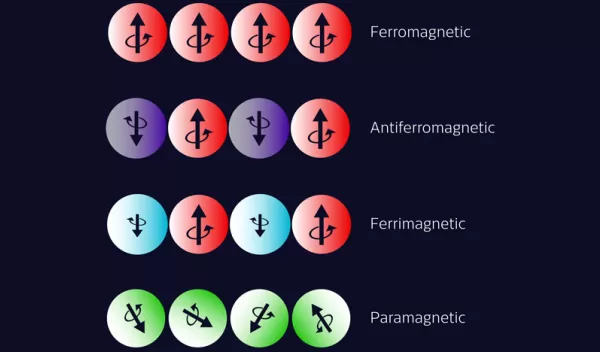
Antiferromagnetic hybrids achieve important functionality for spintronic applications
Antiferromagnets have zero net magnetization and are insensitive to external magnetic field perturbations. These spintronic devices, as they are called, hold great promise for creating future ultra-fast and energy-efficient information storage, processing and transmission platforms, researchers have discovered, potentially leading to faster and more energy-efficient computers.
To be useful for applications in everyday life, however, the devices need to operate at room temperature. One of the key ingredients in realizing antiferromagnetic spintronics -- the rotational movement, or spin, of an electron, which can affect magnetic strength and direction -- is the injection of spin current at the antiferromagnetic interface, researchers say.
A team led by Igor Barsukov of the University of California, Riverside, along with colleagues at the Helmholtz-Zentrum Dresden-Rossendorf, the University of Utah and the University of California, Irvine, has now demonstrated efficient spin transport in an antiferromagnet/ferromagnet hybrid that works up to room, rather than icy-cold, temperatures.
Results of the study, which was supported by the U.S. National Science Foundation, appear in Physical Review Research. "Our results demonstrate a significant advancement toward the realization of room temperature antiferromagnetic spintronics devices," said Barsukov.
